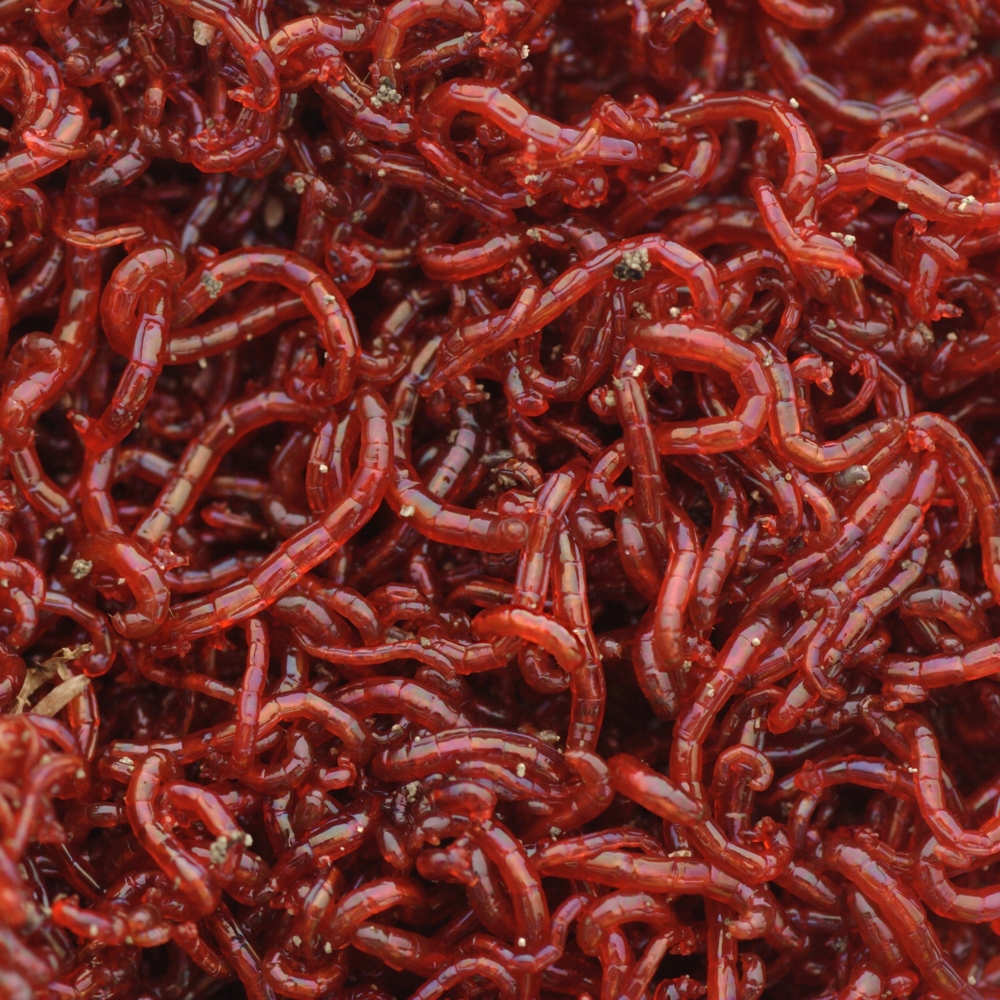Healthy red worms: How to start composting
Healthy red worms: How to start composting
Blog Article
Making Use Of Red Wigglers for Effective Organic Waste Disposal
The use of red wigglers for organic garbage disposal provides an engaging technique to taking care of food scraps while promoting ecological sustainability. These worms not only improve waste decomposition however additionally produce useful worm spreadings, which can substantially enhance soil wellness. Their capability to refine large volumes of organic material with very little initiative settings them as an easily accessible service for households and areas alike. Understanding the nuances of setting up a successful worm container and keeping an optimum environment is essential for maximizing their advantages. The next actions in this process might amaze you.
Benefits of Using Red Wigglers
One of one of the most compelling advantages of making use of red wigglers for organic garbage disposal is their remarkable efficiency in composting. These worms, medically known as Eisenia fetida, are especially adjusted for breaking down natural materials, enabling them to process waste approximately twice their body weight every day. This rapid decay not only increases the composting procedure however additionally creates nutrient-rich worm castings that considerably enhance soil top quality.
Additionally, red wigglers add to a reduction in garbage dump waste. By diverting natural materials from land fills, they assist minimize methane exhausts-- a potent greenhouse gas. This ecological advantage is essential in the battle against environment modification.
In addition, red wigglers are low-maintenance and can flourish in different settings, making them available for both beginner and skilled composters. Their capability to replicate swiftly makes certain a steady populace, promoting ongoing waste handling.
Establishing Your Worm Container
Developing an effective worm container is essential for taking full advantage of the benefits of composting with red wigglers. Guarantee the container has sufficient water drainage holes to protect against excess moisture, as red wigglers prosper in a wet however not soaked setting.
(red wiggler worms for sale near me)Following, prepare the bedding material, which serves as the worms' habitat and food source. The bin must be positioned in a dark, temperature-controlled location, preferably in between 55 ° F and 77 ° F, to preserve worm activity.
When the bin is set up, introduce the red wigglers, enabling them to accustom to their brand-new environment. A well-maintained bin will certainly not just support the health and wellness of the worms however also assist in reliable disintegration of organic waste.
(Lake James Bait)
What to Feed Red Wigglers
An understanding of the ideal diet regimen for red wigglers is crucial for keeping a healthy and balanced worm population and maximizing composting effectiveness. These items not only give vital nutrients yet also contribute to the wetness balance within the worm container.
It is important to avoid particular foods that can hurt the worm populace. Red wigglers should not be fed meat, dairy products, oily foods, or refined products, as these can bring in pests and create unpleasant odors. red wigglers. In addition, citrus fruits and spicy foods should be minimized, as their acidity can be harmful to worms
Keeping track of the worm bin for food consumption prices will certainly assist make certain that red wigglers are receiving a sufficient diet while maintaining a reliable composting atmosphere. Appropriate feeding practices are vital for fostering a flourishing environment within the worm container.
Preserving Your Worm Habitat
A properly maintained worm environment is vital for the wellness and productivity of red wigglers. To make certain optimum conditions, it is critical to keep track of temperature level, moisture, and oygenation within the worm container. Red wigglers thrive in a temperature variety of 55 to 77 levels Fahrenheit. Exceeding this range can worry the worms, so it is essential to place the container in an ideal location far from straight sunshine and extreme temperatures.
Wetness levels ought to be kept constant; the bed linen must perspire but not soaked. A good guideline of thumb is to maintain moisture at around 70% to 80%. If the bed linens ends up being as well wet, it can result in anaerobic problems that are hazardous to the worms. Adding completely dry carbon-rich materials, such as shredded paper or cardboard, can aid soak up excess wetness.

Utilizing Worm Spreadings in Gardening
Rich in nutrients and useful bacteria, worm spreadings offer as a remarkable organic plant food for horticulture. Generated with the digestive system processes of red wigglers, these castings contain an array of essential nutrients, including nitrogen, phosphorus, and potassium, which promote durable plant growth. Unlike synthetic fertilizers, worm spreadings offer a slow-release device, guaranteeing that nutrients are offered to plants over an extensive period, thereby reducing the risk of nutrient leaching and soil exhaustion.
In addition to nutrition content, worm castings enhance dirt framework and oygenation, improving dampness retention and drainage. The microbial life present in worm castings assists to subdue pathogens and promotes a healthy dirt ecological community, more benefiting plant health. When included right into the soil or used as a top clothing, worm castings can considerably enhance seed germination prices, root development, and general plant vitality.
For ideal outcomes, gardeners ought to apply worm castings at a rate of 1-2 inches per square foot, blending them into the dirt or including them into potting mixes. Generally, using worm castings is an eco-friendly strategy to enhancing dirt fertility and making sure prospering garden environments.
Final Thought

Report this page